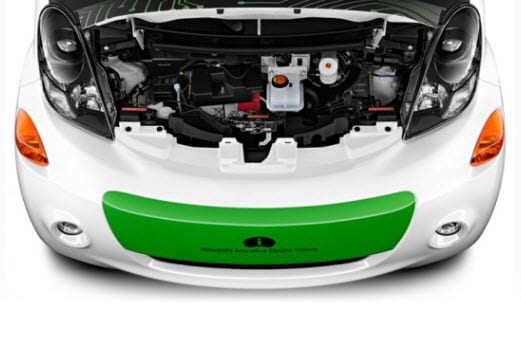
Brookhaven scientists create new fuel cell catalyst that can convert gases into liquids
March 20, 2012Researchers from the U.S. Department of Energy’s Brookhaven National Laboratory have developed a new fuel cell catalyst that is much different from its conventional counterparts.
In a fuel cell, catalysts are used to generate chemical conversions and produce hydrogen gas. These catalysts are typically made of a significant amount of platinum, making them expensive enough to be unviable for widespread commercial use. Scientists at Brookhaven believe that their latest development could change all of that.
The catalyst they have created is capable of generating hydrogen gas.
It can also take hydrogen gas and carbon dioxide and convert them into a liquid state. This process is achieved without use of excessive amount of energy or heat production, making it safe and efficient. Once converted into a liquid state, hydrogen and carbon dioxide can be stored easily enough.
Furthermore, this conversion process does not produce harmful byproducts, which means fuel cells using this new catalyst will remain zero-emissions energy systems.
Brookhaven scientists note that this is not the first catalyst to be able to power this sort of conversion, but it is the first to be able to do so at room temperature. Researchers note that this catalyst is somewhat less expensive than conventional models. Couple that with the ability to convert gases into liquids, fuel cells using the catalyst could become a very powerful type of energy system capable of creating and storing their own fuel source.



 With over 15 years of reporting hydrogen news, we are your premier source for the latest updates and insights in hydrogen and renewable energy.
With over 15 years of reporting hydrogen news, we are your premier source for the latest updates and insights in hydrogen and renewable energy.